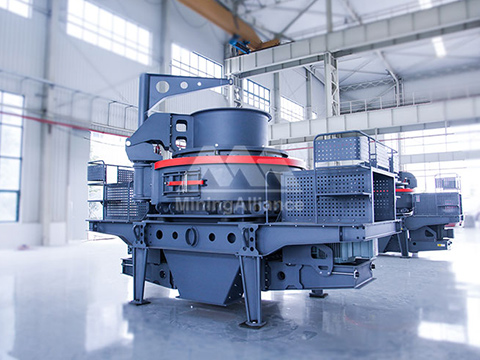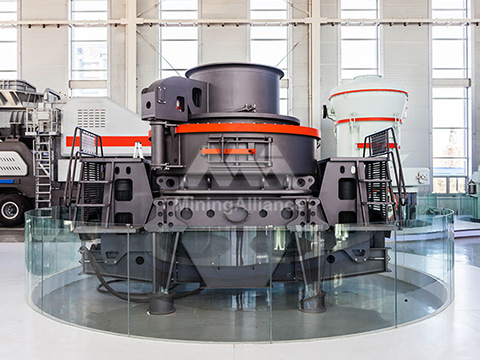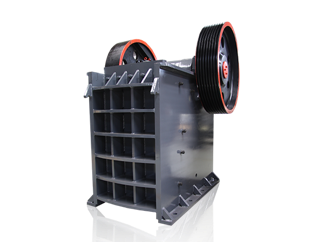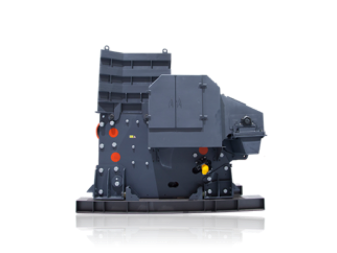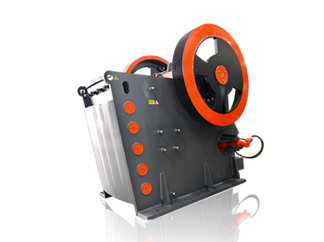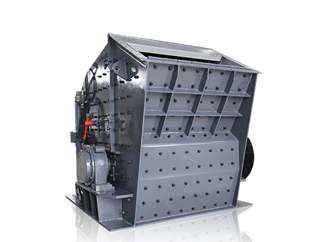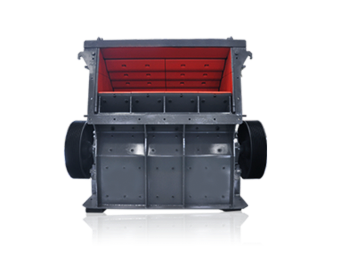In recent years, as the mining industry demands more efficient and environmentally friendly equipment, mobile crushing and screening plants have emerged as a new type of equipment, gradually becoming a key player in modern mining operations. Their integrated and intelligent features not only improve production efficiency but also drive technological upgrades in the industry. However, alongside their many advantages, mobile crushing and screening plants also face several technological challenges.
1. Application Areas of Mobile Crushing and Screening Plants
Mobile crushing and screening plants are widely used in various industries, including mining, construction waste processing, and sand and gravel production. The main application areas include:
- Mining Operations: Mobile plants are particularly advantageous when mining conditions are complex. They can quickly adapt to different work environments, reduce transportation distances, and lower production costs.
- Construction Waste Recycling: With increasing demand for construction waste processing, mobile crushing and screening plants are being used more in the recycling of construction materials. They efficiently sort, crush, and screen different grades of recycled aggregates.
- Environmental Projects: With more stringent environmental regulations globally, mobile plants provide solutions for on-site crushing and screening operations, helping avoid secondary pollution during transportation.
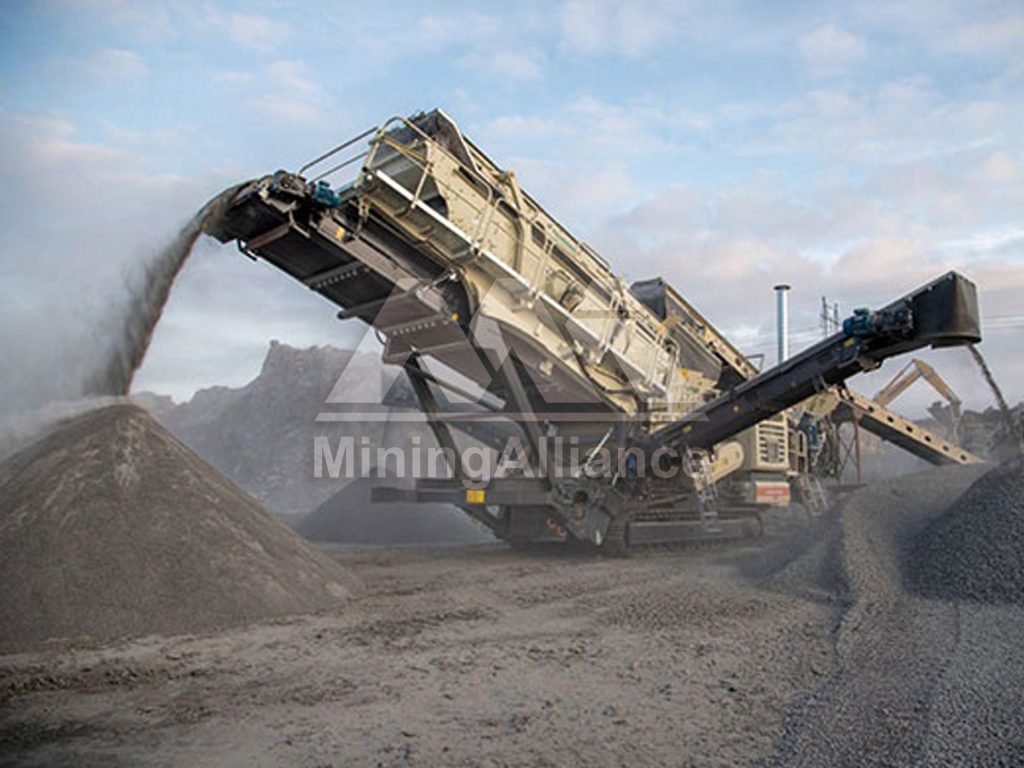
2. Technological Challenges and Solutions
Although mobile crushing and screening plants offer numerous benefits, they also face several technological challenges during real-world applications:
- Stability of the Power System: Since mobile crushing and screening plants need to operate in various terrains and environments, the power system must exhibit high stability and adaptability. To address this challenge, modern mobile plants are equipped with more efficient diesel engines or electric drive systems.
- Balancing Production Efficiency and Cost: While mobile plants offer high flexibility, their individual production capacity is typically lower. To enhance overall operational efficiency, companies need to optimize equipment configurations, increase the number of machines, or adopt more efficient crushing technologies.
- Environmental Pressure: As global environmental standards become more stringent, mobile plants need continuous technological upgrades to meet stricter emission regulations. Solutions include improving fuel systems, enhancing exhaust treatment capabilities, and reducing environmental impact during operations.
3. Future Outlook and Development Directions
Looking ahead, as intelligent technologies continue to evolve, the application prospects for mobile crushing and screening plants will broaden. According to industry demands, mobile plants will develop in the following directions:
- Intelligent and Automated: The level of automation in mobile plants will continue to rise, with more precise control systems and the widespread adoption of remote monitoring and data analysis.
- Energy Efficiency and Environmental Protection: Energy efficiency and environmental protection will be core development areas for mobile crushing and screening plants. New power systems, low-energy designs, and efficient environmental technologies will be prioritized.
- Modular Design: To better meet different operational needs, future mobile plants will be increasingly modular, allowing users to configure different crushing and screening modules based on specific requirements.
In conclusion, mobile crushing and screening plants will continue to play a vital role in mining, construction waste recycling, and environmental projects, driving the industry's shift toward intelligence and sustainability.



